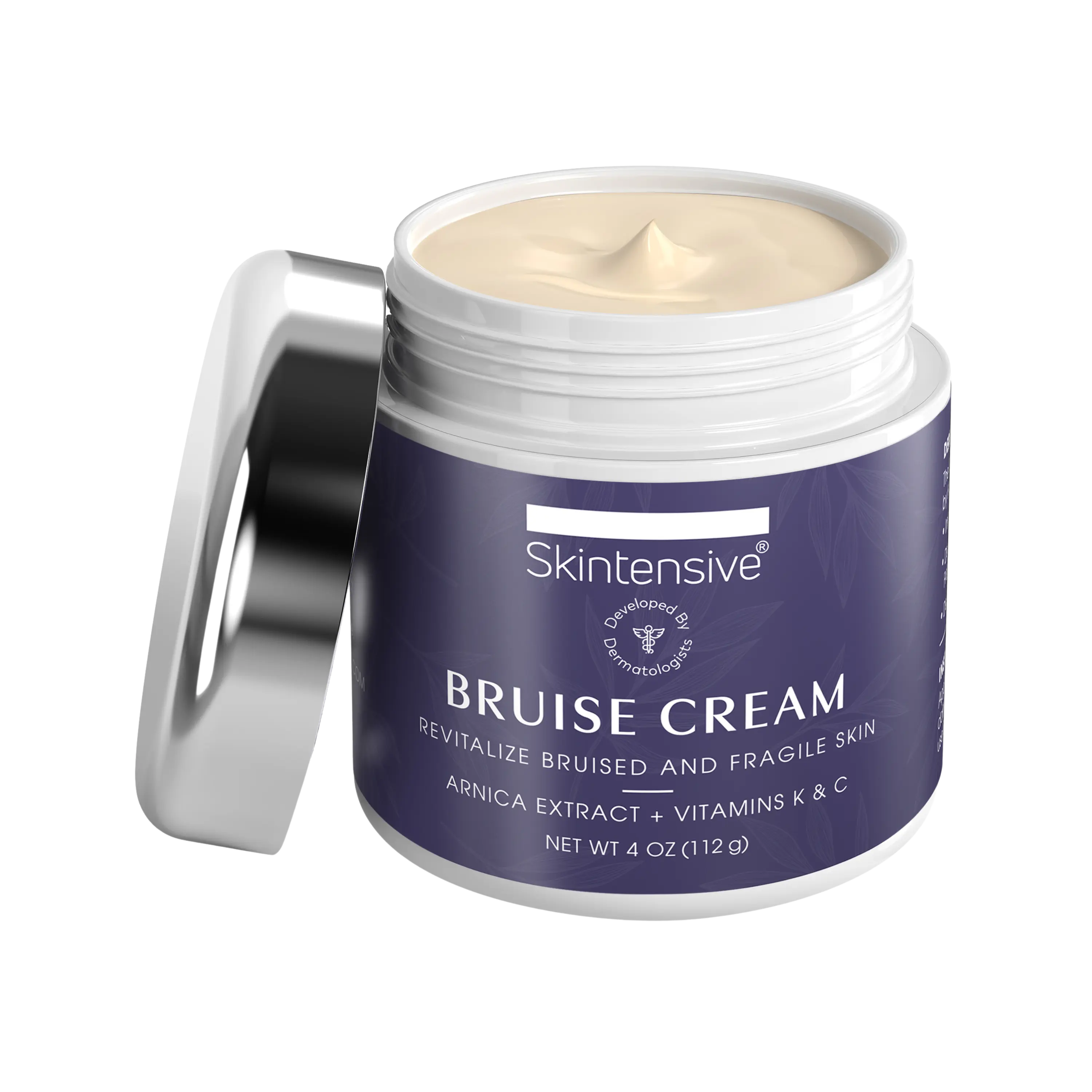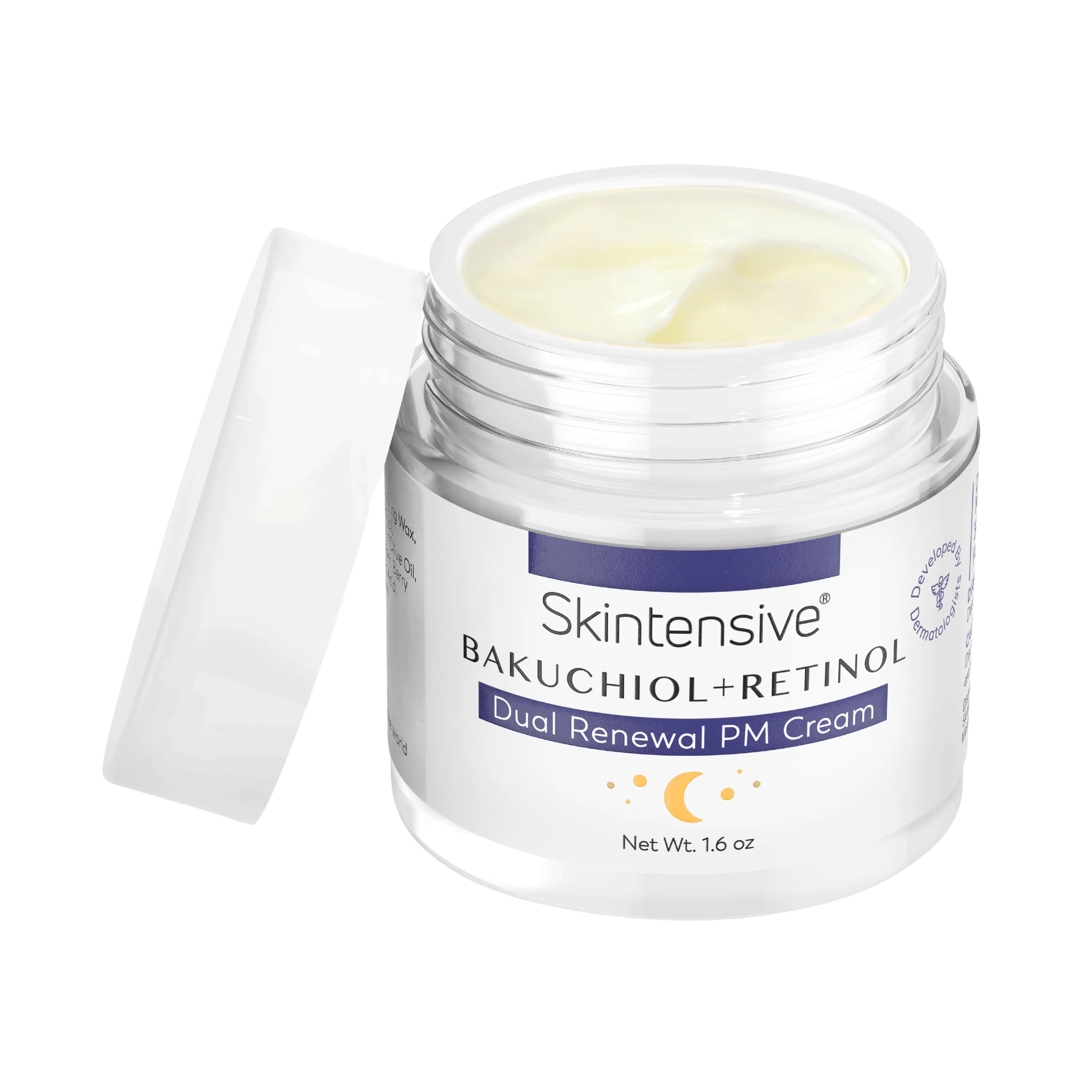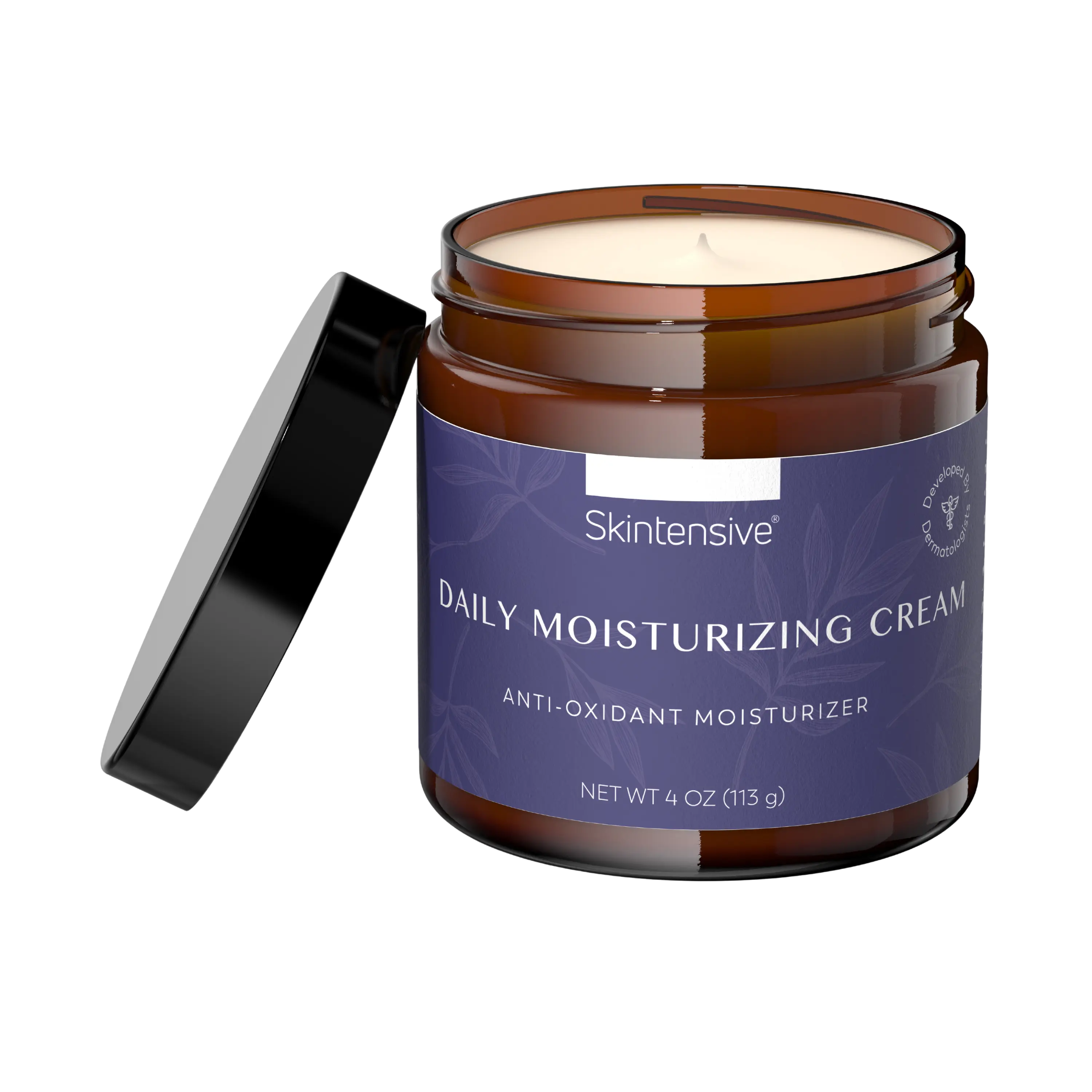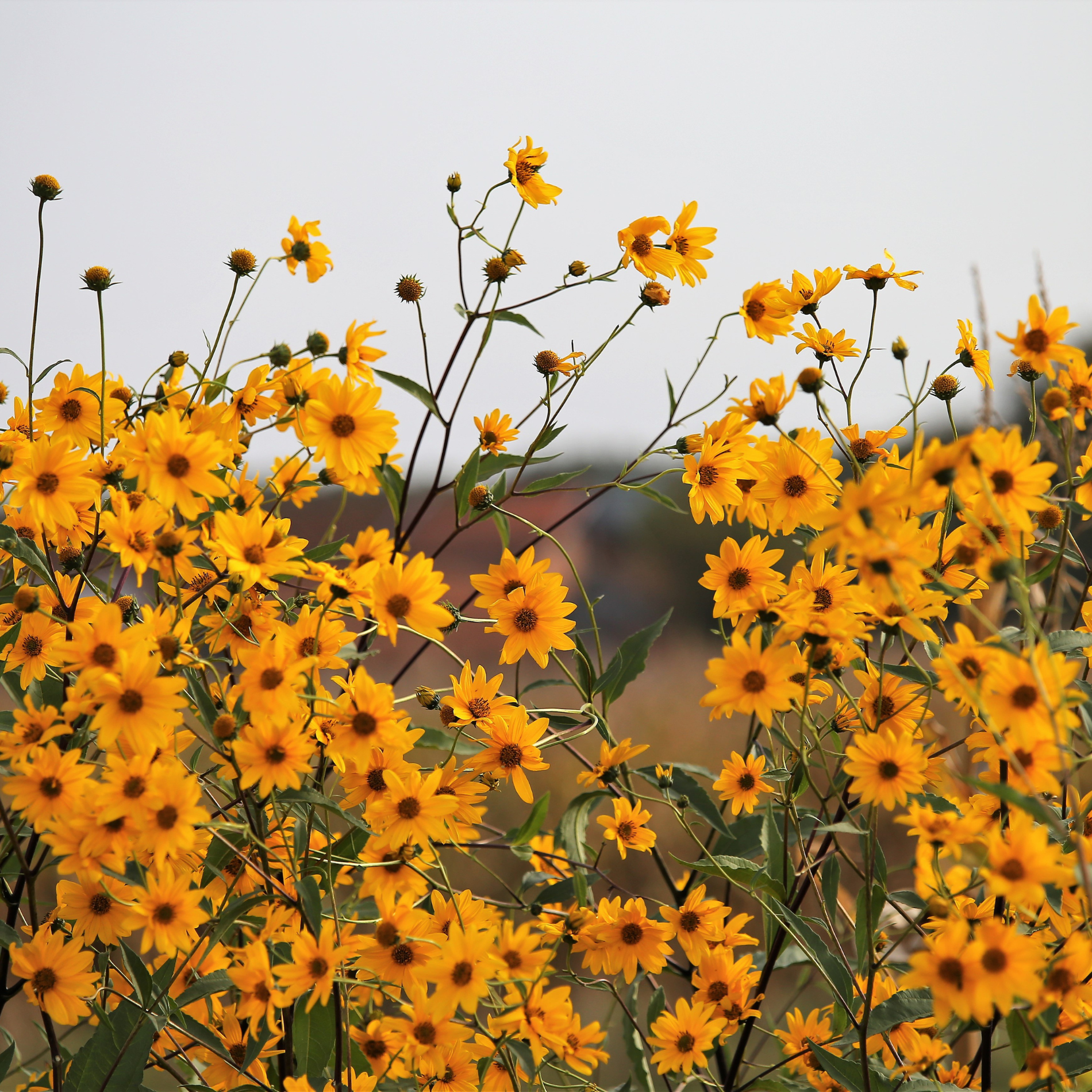Arnica for bruising: what does it really do?
Arnica is a perennial flower found in the wild, and it grows in the mountainous areas of Europe and Asia. Arnica has been used since the 1500s to heal bruises, and research suggests that it may be effective at doing so. Despite its popularity, however, there is still some debate over whether arnica actually helps bruises heal faster. In this article, we’ll explore the research on arnica for bruising and discuss its potential benefits.
How Does Arnica Help With Bruising?
Arnica is believed to help with bruises by stimulating the flow of blood to the bruised area. It also has anti-inflammatory properties, which may help to reduce swelling and inflammation. In a study published in The Journal of Alternative and Complementary Medicine, researchers gave arnica cream to participants who had recently suffered from a bruise. Arnica cream was compared to a placebo cream, which had no active ingredients. Both groups used the creams twice a day for 30 days. After the study, participants who had been given arnica had significantly less bruising, and their bruises were also smaller than those in the placebo group. Arnica may also help with bruising by promoting collagen production and healing. Collagen is the protein that helps blood vessels to stay open and encourages the growth of new tissue.
Get Skintensive Bruise Cream For Fast Healing
What happens to a bruise when you apply arnica?
The researchers found that participants who were given arnica applied the cream to their bruises every 12 hours. This helped the cream to take effect quicker.
In another study, researchers gave arnica cream to participants who had been injured in a car crash. The researchers found that it helped to reduce swelling, bruising, and pain.
The study also found that arnica cream was less effective in helping to heal bruises on the lower leg than it was for the upper leg. The authors of this study suggest that this may be due to the fact that bruises on the lower leg were already more developed, and that arnica didn’t have as much of an effect on them.
How Safe Is Arnica?
Arnica is generally regarded as safe for adults to use as a topical bruise cream or gel. It’s been used by people who have rashes, burns, and skin irritation. It’s also been used by pregnant women.
Arnica is rich in the amino acid glutamine.
Glutamine is a protein found in many foods, including meats, dairy, and even non-food sources. Arnica is rich in this amino acid, and it has been suggested that this may be why it is so effective at healing bruises.
In one study, researchers gave arnica cream to participants with bruises. Half of the participants were also given a supplement containing a glutamine salt. The researchers found that the bruise healed faster in participants who used both the arnica cream and the glutamine supplement than in participants who used only the arnica cream.
How to Use Arnica to Help Bruises Heal
You can help bruises heal faster with arnica by applying the cream to the bruise at least twice a day. It is important to apply the cream for several days after the bruise has healed, as this will help the bruise to heal completely.
You may find that arnica works better for bruising on your skin than bruising on your muscle tissue.
Skintensive Bruise and Scar Cream is a dermatologist-developed arnica and vitamin K topical cream that is one of the top selling bruise products on Amazon and has won the Best Bruise Cream Award by NEWBEAUTY.
Use code BLOG15 for 15% off your first purchase
Disclaimer:
The content in this article is not medical advice, but rather informational content. As a service to our readers, Skintensive provides access to our library of archived blog content. Please note the date of last review or update on all articles. No content on this site, regardless of date, should ever be used as a substitute for direct medical advice from your doctor or other medical professional.






